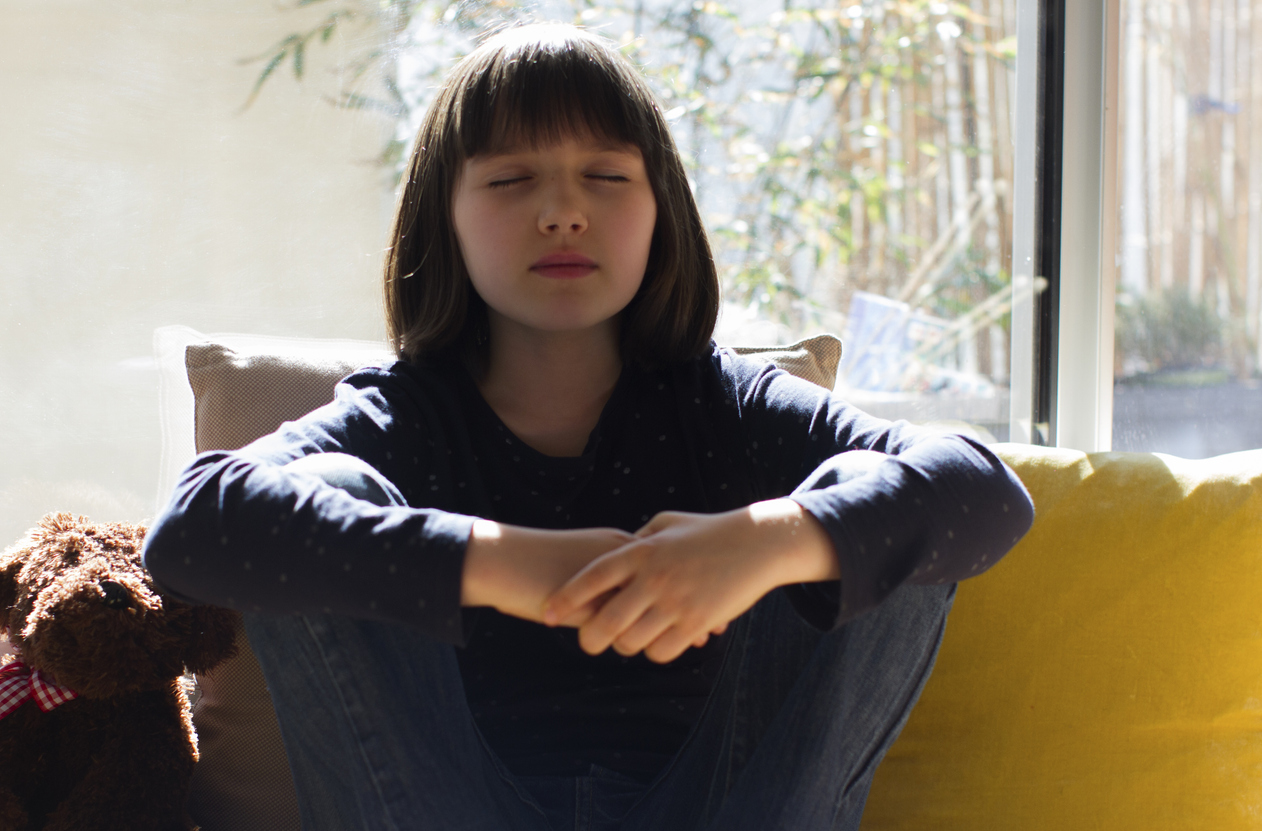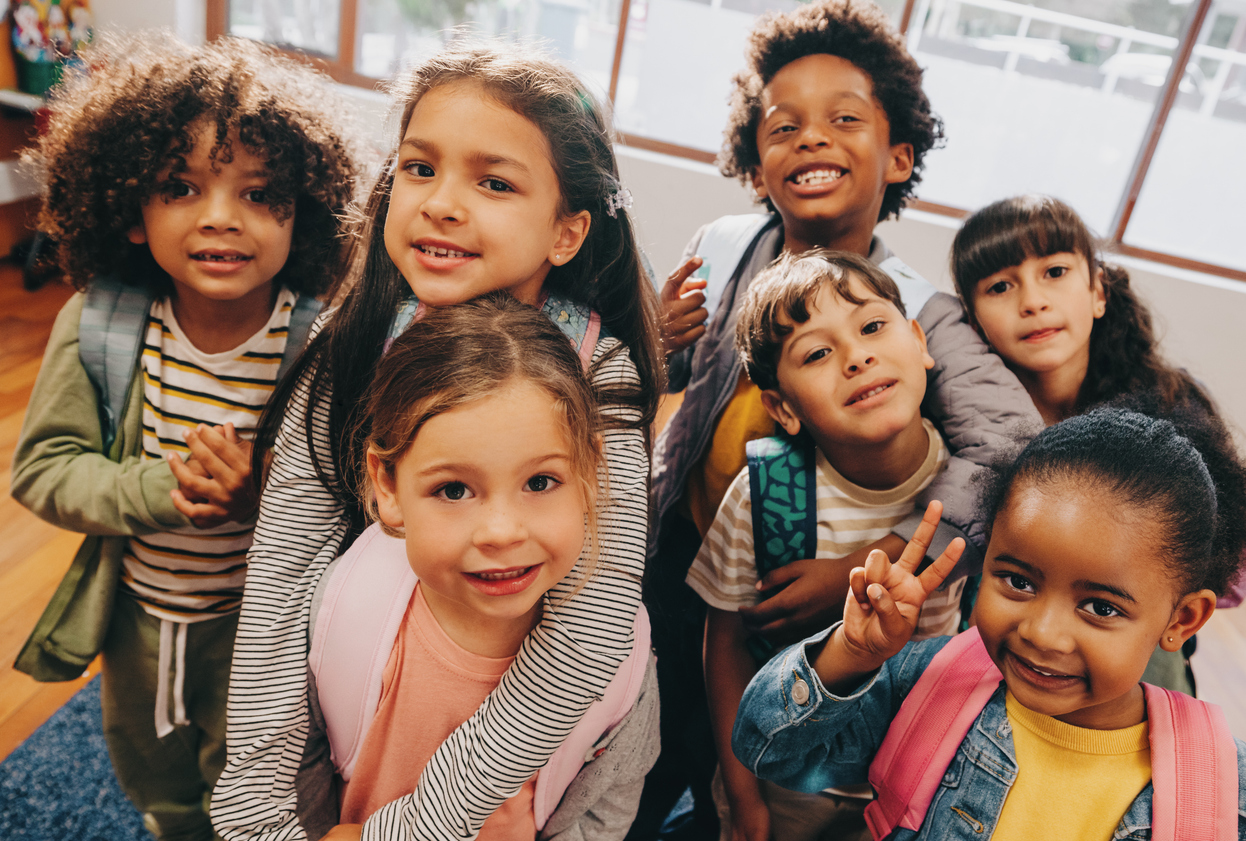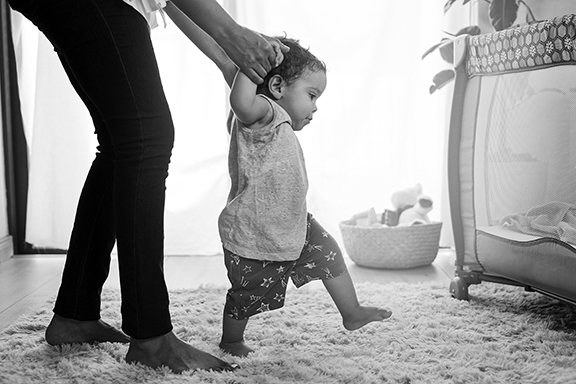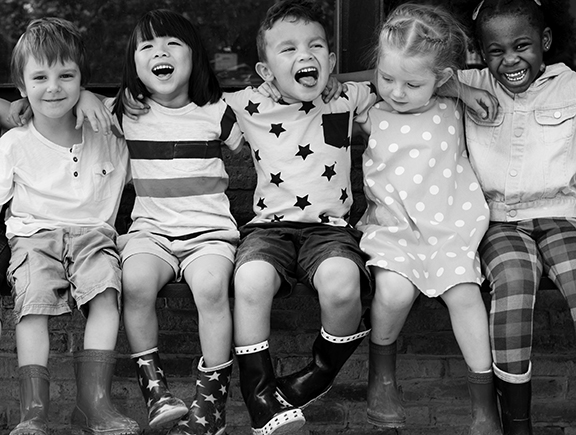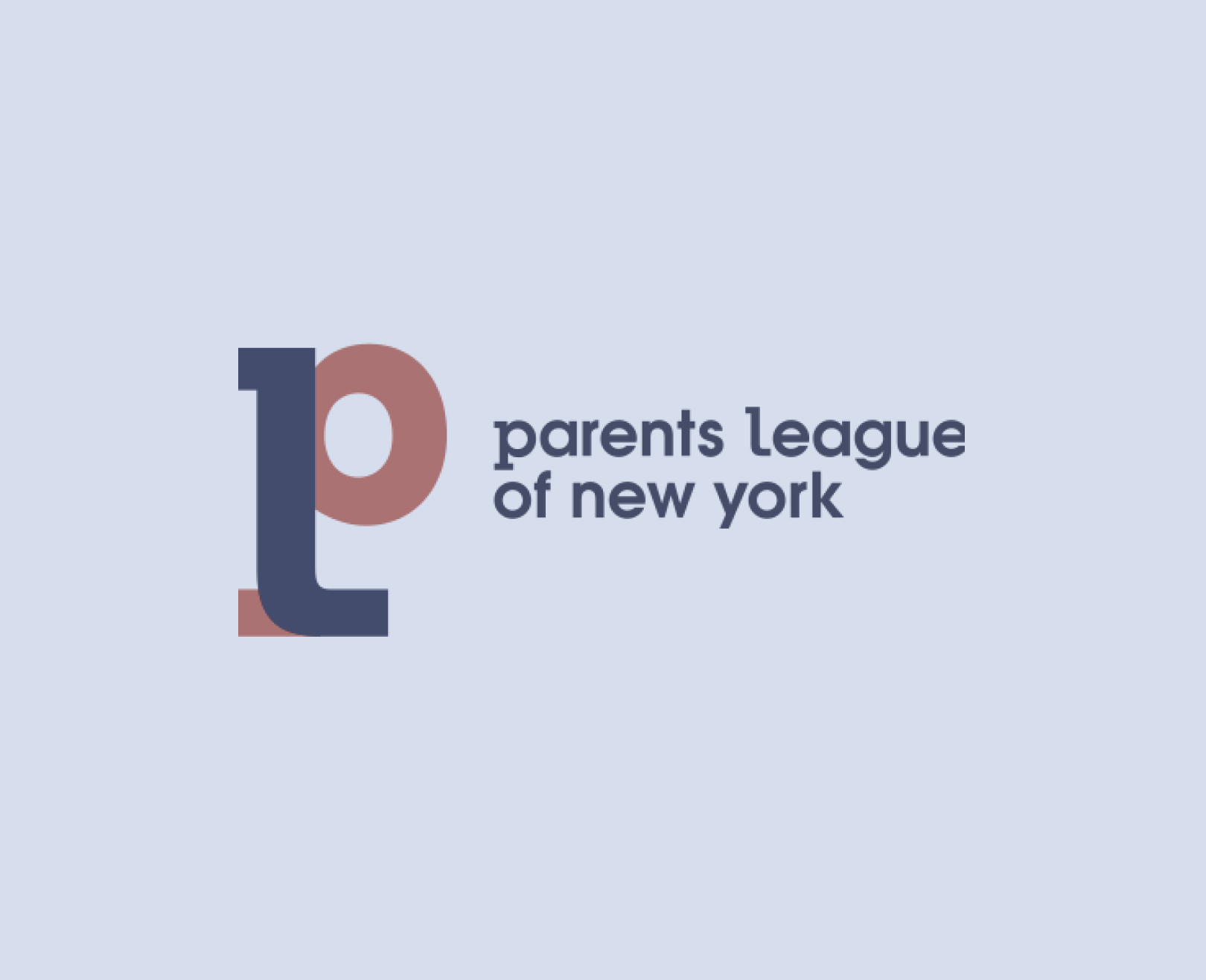Literacy … From the Beginning
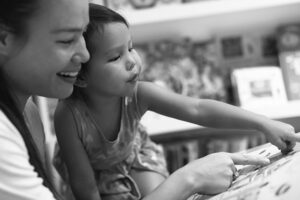
Literacy: Being literate implies being educated.
Education: Being educated implies school.
Both parents and educators tend to think of literacy as the process of learning to read and write in school. In reality, the process of becoming literate begins much earlier and is more complicated than generally thought.
The Beginning
Birthing Room: Infant arrives wailing as she separates from the mother into a reality that is often brightly lit, busy with unfamiliar voices, without the security of the womb.
Doctor hands newborn to mother. Mother offers a soothing voice as she wraps the baby in her arms. Eye contact is made, baby stops crying. Thus begins the foundation for literacy.
Baby cries. Mother hears. Mother speaks. Mother touches. Baby listens and calms.
In these few seconds, the reciprocal acts between mother and baby of vocalizing, listening, making contact are the beginning of the journey to becoming literate. From the moment of birth, the baby instinctively responds to language, eye contact, touch.
Infancy: Scientists can measure brain activity in infants only a few hours old. Studies reviewed in a 2006 issue of Trends in Neurosciences showed that, “From the first weeks of life onwards, the human brain displays normalization and phonetic categorization capacities… which make it particularly adapted for processing speech.” It has even been shown that 2-day-olds recognize and prefer their native language. Infants recognize the structure of their language very early.
There is also a social component to language development. The instinctual high-pitched voice used with infants by most adults has been dubbed “motherese” or “parentese.” When eye contact combines with this auditory stimulation, social contact occurs and the language part of the brain is active. Cooing with your infant, repeating the sounds, making eye contact and smiling are critical parts of language development.
Research also tells us that many adults believe that literacy begins at 2 years of age, often when the child is beginning to use understandable speech. However, much development has happened prior to 2 years of age so that the child is able to utter understandable words.
As the child grows, pre-verbal exchanges that form the basis of language and literacy become more complex. Sounds become words. Those around the child begin to understand this unfolding speech and can write it down and read it back to the child, who listens and sees the words written in symbols on paper. As time goes on, the child can decode the symbols in order to read and write the words.
I conceptualize this process as being round and interactive, rather than linear with a beginning, middle and end. It includes essential skills such as uttering sounds, speaking, hearing, listening, making social contact, understanding symbols, decoding, making marks on paper.
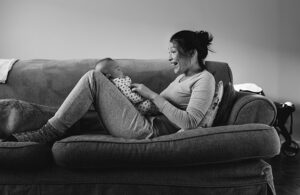
How Can We Support This Journey?
The baby is born with millions of synapses. During the first year, the baby’s brain begins pruning the synapses that hold no value. If the child is not hearing certain sounds in his or her native language, those synapses are pruned. The more language the baby hears, especially from a human voice, the more the synapses remain available for use.
Everyday life offers ways to keep the language part of the baby’s brain active and alert. Interact with the baby by talking about what you see and what is happening around you and the baby. Reading to the baby every day builds a pattern of regular conversation and contact with the reader. Repeating the sounds the baby makes validates early use of sounds for a purpose. Babies respond to that strange, involuntary high-pitched voice that we all use. This may be because babies respond to the voice along with exaggerated facial expressions. It may be because the sound is more interesting to the baby because it sounds like the baby’s own voice. Whatever it is, it attracts the baby’s attention and the language part of the brain gets busy.
Babies know how to get what they want, initially by crying, then making sounds, maybe pointing. By stating what you assume the baby wants, “I see you want that book,” you are helping the child build the vocabulary that she needs to communicate directly.
Literacy and Social Development Unfold Together
Two-year-olds continue to gather new words every day. They are also aware of other little people in their world who are attractive and attracted to them. Toddlers in a social situation will parallel play as they figure out the words to use to make the play more interesting. The play gradually becomes interactive with roles emerging, rules of play being worked out, and conversation occurring. This takes time and support from listening adults who can step in to guide without changing the course of the play.
The vocabulary needed for interaction includes words that identify things, desires, actions and emotions. Again, listening is critical. Helping the child identify a feeling offers her a tool to use when navigating her world.
Our job as the adults in our children’s lives is to love, guide and support these growing human beings. The language we use with our children is pivotal to how they see themselves, you, and their world around them. Listening and acknowledging your child with thoughtful words that let her know you understand establishes a climate of emotional safety.
At some point in my career as a parent and educator, someone said to me, “They’re not giving you a hard time. They’re having a hard time.” I am forever grateful for this tidbit of wisdom. If you feel that your child is challenging you, you will push back. If you interpret this behavior as needing something, you will bring him close. Acknowledging the child by saying, “I see you’re having a hard time. How can I help?” builds a foundation of trust, respect and communication that can last a lifetime. It sure beats a time-out.
Three-year-olds are all about language and friendships. As a parent, I never experienced the “Terrible Twos,” but my 3-year-old offered surprising challenges. He wanted to know everything and why. He had a reason for everything. He negotiated reasonably and was usually right. It took a lot of patience.
In the social setting of school, the child finds herself in a group with several other children at one time, along with new adults. New language is necessary to navigate interactive play, complicated feelings, and the basic job of getting what she needs. Making a friend is joyous and tricky at the same time. Things get complicated when a third child wants to be friends also at the same time. This challenge is huge for a little person who requires language, empathy and patience, along with support from the adults in her life.
Reading books about friendships can open conversation, offer ideas, model language for the child as she becomes more independent in her relationships.
Finding ways to articulate and communicate the ups and downs of being more social builds literacy. Writing down the dictated thoughts and stories of the child offers acknowledgement of her thoughts and feelings. Acting out the story with her peers makes the story more tangible and open for conversation by the group.
Four-year-olds continue to find pleasure hearing stories each day. Listening, imagining, following the words from left to right, understanding the beginning, middle and end of the story, “reading” the pictures are just a few skills gleaned while sharing a picture book. As they grow, the expression of their own language becomes more symbolic and abstract. Children “read” the pictures on the daily schedule and job chart in the classroom. As time goes on, the word written next to the picture takes on meaning. Each picture, letter and word is a symbol for something concrete. The development of the brain of a 4-year-old allows symbols to take on meaning in a new way. Educator and psychologist JoAnn Deak refers to this time as offering “windows of opportunity.” The sounds of letters become real. When put together with other letters, they become a word, which is a symbol for something tangible. Some children start to write using “invented spelling.” It is an exciting moment when a child can read and understand a friend’s words on paper.
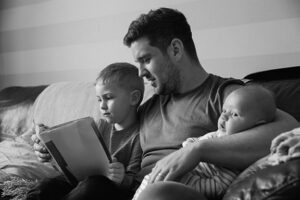
It’s All About Timing
Please note that I have not mentioned the teaching of letters and their sounds: that is, formal teaching. Our children are living in an environment where letters and numbers are in use all the time. They are part of our world. As the child’s brain matures, she will let you know by her interest in these symbols that she is ready for more information.
Let her take the lead. There is research indicating that pressuring a child to learn the alphabet, for example, before she is ready can impede her ability to comprehend words at an older age.
In the meantime, reading to your child each day establishes the pattern of conversation and contact with your child. Shows with live characters continue to stimulate the language part of the brain. Use of fifty-cent words stretches the child’s vocabulary and listening skills.
Understanding some of how the brain works in a child can guide the way we use screen time and cell phones with and around the child. Our children’s developing brains are very vulnerable. Significant development of the frontal lobe, which governs relatedness, occurs between birth and age 5. Over-use of screens and cell phones can impede this development. The American Academy of Pediatrics (AAP) offers sensible guidelines for the use of screens. We cannot put the genie back in the bottle, but being conscious of what science tells us can help to create a healthy balance for the growing mind.
Five- and Six-year-olds: Now it is time for the academics of a formal reading and writing program. The windows of opportunity in the brain are open, and the child is ready to thrive.
Works Cited
Dehaene-Lambertz, Ghislaine, et al. “Nature and Nurture in Language Acquisition: Anatomical and Functional Brain-Imaging Studies in Infants.” Trends in Neurosciences, vol. 29, no. 7, July 2006, pp. 367-373.
Moon, Christine, et al. “Two-Day-Olds Prefer their Native Language.” Infant Behavior and Development, vol. 16, no. 4, October-December 1993, pp. 495-500.
Jean Rosenberg is the founder and director of Chelsea Day School, a preschool in Manhattan.
This article first appeared in the 2019 issue of the Parents League Review. Get the current issue of the Review free with a family membership. Or purchase it separately.





